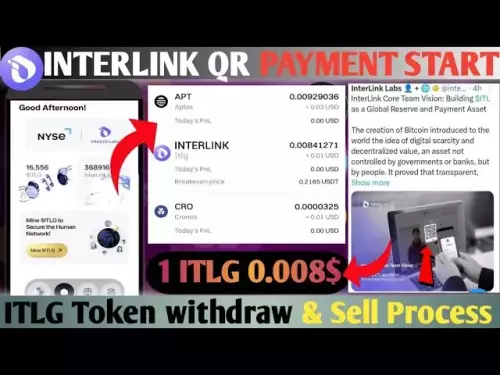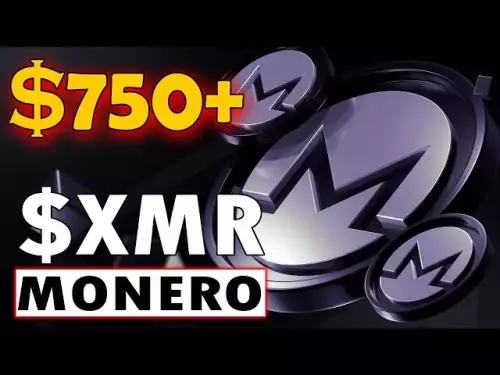-
 bitcoin
bitcoin $107208.295278 USD
-1.54% -
 ethereum
ethereum $3874.629914 USD
-1.38% -
 tether
tether $1.000440 USD
0.03% -
 bnb
bnb $1089.465513 USD
-5.53% -
 xrp
xrp $2.327672 USD
-1.65% -
 solana
solana $184.766505 USD
-0.73% -
 usd-coin
usd-coin $1.000076 USD
0.02% -
 tron
tron $0.310632 USD
-1.99% -
 dogecoin
dogecoin $0.187615 USD
-1.60% -
 cardano
cardano $0.633389 USD
-2.75% -
 ethena-usde
ethena-usde $0.999553 USD
0.03% -
 hyperliquid
hyperliquid $35.608231 USD
-4.13% -
 chainlink
chainlink $16.876114 USD
-3.98% -
 stellar
stellar $0.312239 USD
-0.91% -
 bitcoin-cash
bitcoin-cash $473.262969 USD
-7.09%
What is Ethereum smart contract
Ethereum smart contracts, autonomous and immutable programs stored on the blockchain, revolutionize trust, negotiation, and automation in various blockchain applications, from DeFi to supply chain management.
Nov 09, 2024 at 02:59 am

Ethereum Smart Contracts: A Comprehensive Guide
Ethereum smart contracts are self-executing programs stored on the Ethereum blockchain. They are autonomous, transparent, and immutable. Designed to reduce trust and simplify negotiations, smart contracts play a pivotal role in various blockchain applications.
Key Features of Ethereum Smart Contracts:- Autonomous Execution: Smart contracts are autonomous programs that execute automatically when predefined conditions are met. This eliminates the need for manual intervention and reduces the risk of human error.
- Transparency: All smart contract code is open and auditable. This promotes trust and transparency among participants.
- Immutability: Once deployed on the blockchain, smart contracts cannot be altered or removed. This ensures the integrity and security of the contract's execution.
Working Mechanism of Ethereum Smart Contracts
- Contract Creation: A smart contract is designed and coded in Solidity, a programming language specifically developed for Ethereum. It then goes through a compilation process to convert Solidity code into EVM bytecode understandable by the Ethereum Virtual Machine (EVM).
- Deployment: The compiled contract is deployed onto the Ethereum network, and a unique address is generated for it. This address serves as the contract's public identifier on the blockchain.
- Initialization: The deployment transaction typically includes an initialization function that sets up initial contract parameters and states. This function is executed only once during the contract's lifetime.
- Transaction Execution: Parties interact with smart contracts by sending transactions to their addresses. These transactions trigger the execution of functions defined within the contract code.
- State Update: If the transaction meets the conditions specified in the contract code, the contract's state may be updated. The new state is recorded on the blockchain and becomes accessible to all participants.
Benefits of Using Ethereum Smart Contracts
- Automation: Smart contracts automate various processes, reducing the need for intermediaries and manual effort. This saves time, costs, and reduces the risk of errors.
- Transparency and Trust: The open and auditable nature of smart contracts builds trust among parties, since all actions are recorded on the blockchain and visible to all.
- Enhanced Security: Smart contracts operate on the secure Ethereum blockchain, leveraging its decentralized architecture and consensus mechanisms to ensure data integrity and prevent unauthorized modifications.
- Reduced Costs: By eliminating the need for intermediaries and simplifying business processes, smart contracts can significantly reduce transaction and operating expenses.
- New Application Possibilities: Smart contracts enable the creation of innovative applications that were previously impossible or impractical with traditional systems. This opens up new possibilities for business models and industry transformations.
Common Use Cases of Ethereum Smart Contracts
- Digital Agreements: Smart contracts can be used to create legally binding agreements, such as contracts for sale, insurance policies, or loan agreements. These contracts execute automatically based on pre-defined terms, reducing the need for complex legal documentation.
- Decentralized Finance (DeFi): Smart contracts are the foundation of DeFi, allowing for the creation of decentralized financial instruments and services, such as lending, borrowing, stablecoins, and decentralized exchanges.
- Supply Chain Management: Smart contracts can track the provenance and movement of goods through supply chains, ensuring transparency and accountability. They can also automate payments, streamline logistics, and reduce fraud.
- Voting and Elections: Smart contracts can facilitate secure and transparent voting systems, allowing for the casting and counting of votes on the blockchain. This reduces the risk of election fraud and eliminates the need for centralized authorities.
- Gaming and Entertainment: Smart contracts can be used in gaming applications to manage in-game assets, distribute rewards, and enforce game rules. In the entertainment industry, smart contracts can automate royalty payments and provide new ways for content creators to monetize their work.
Top Smart Contract Development Platforms (Excluding FTX)
- Ethereum: Ethereum is the leading platform for smart contract development, with a vast ecosystem of tools, resources, and an active community.
- Binance Smart Chain (BSC): BSC offers a high-throughput alternative to Ethereum, with faster transaction speeds and lower gas fees.
- Solana: Solana is a high-performance blockchain that supports smart contracts with unparalleled scalability and low transaction costs.
- Polygon: Polygon is a layer-2 scaling solution for Ethereum, providing faster transactions and lower gas fees, while maintaining interoperability with the Ethereum ecosystem.
- Avalanche: Avalanche is another high-throughput blockchain that offers fast and low-cost transactions for smart contract applications.
Considerations for Developing Smart Contracts
- Security: Smart contracts should be thoroughly audited and tested to ensure they are secure against vulnerabilities and exploits.
- Cost Optimization: Developers should optimize smart contract code to minimize gas consumption and reduce transaction fees.
- Maintenance and Upgrades: Smart contracts should be designed with future maintenance and upgrades in mind, as code changes on the blockchain can be complex and costly.
- Legal and Regulatory Compliance: It is essential to consider the legal and regulatory implications of smart contracts, particularly in jurisdictions where digital agreements may not yet have clear legal standing.
- User Experience: Smart contract user interfaces and interactions should be designed with user-friendliness and simplicity in mind, ensuring a seamless and accessible experience for all participants.
Disclaimer:info@kdj.com
The information provided is not trading advice. kdj.com does not assume any responsibility for any investments made based on the information provided in this article. Cryptocurrencies are highly volatile and it is highly recommended that you invest with caution after thorough research!
If you believe that the content used on this website infringes your copyright, please contact us immediately (info@kdj.com) and we will delete it promptly.
- Vitalik Buterin's Efficiency Ratio: A New Standard for ZK-FHE Performance
- 2025-10-18 20:25:15
- OpenSea's SEA Token: Airdrop, Token Launch, and a Bold 'Trade Everything' Vision
- 2025-10-18 20:45:14
- BlockDAG, Crypto, and ROI: A New Era of Investment
- 2025-10-18 20:45:14
- Pudgy Penguins, ETF Rumors, and Price Swings: What's the Haps?
- 2025-10-18 20:50:12
- Bitmine's Ethereum Blitz: Is This the ETH Buying Opportunity of 2025?
- 2025-10-18 20:50:12
- Piso WiFi Revolution: From 10.0.0.1 Portals to Cross-Chain Swaps!
- 2025-10-18 20:55:12
Related knowledge
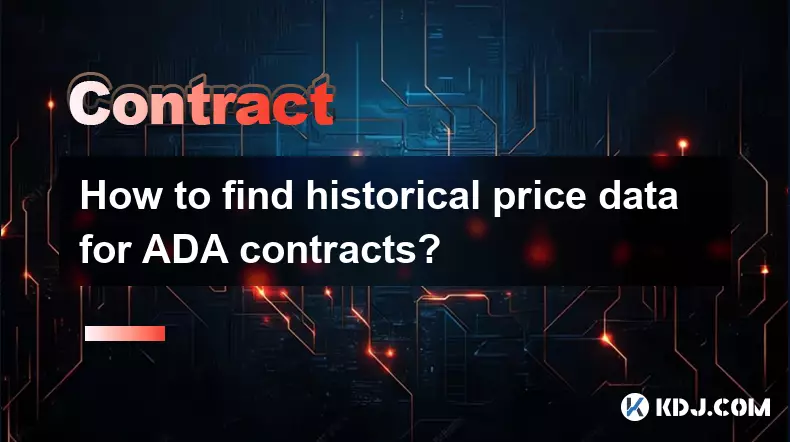
How to find historical price data for ADA contracts?
Oct 18,2025 at 10:18pm
Understanding ADA and Its Market Data Availability1. Cardano’s native cryptocurrency, ADA, operates on a decentralized blockchain that supports smart ...

How to hedge my spot Cardano portfolio with ADA contracts?
Oct 18,2025 at 05:36am
Hedging Your ADA Spot Holdings Using Derivatives1. Identify a reliable exchange that offers ADA futures or perpetual contracts. Exchanges like Binance...
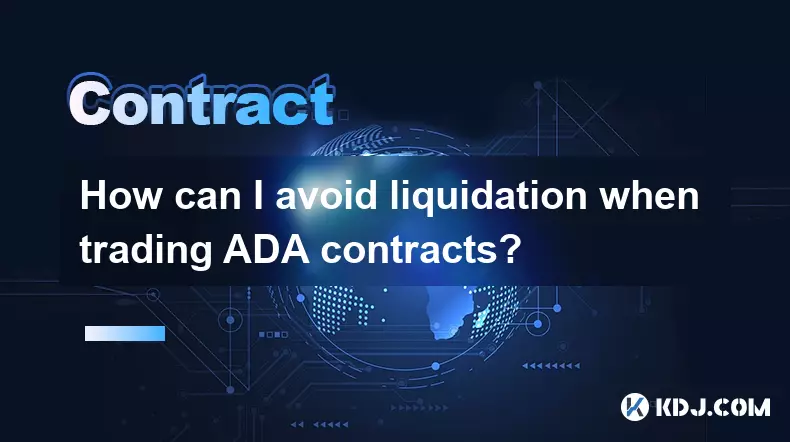
How can I avoid liquidation when trading ADA contracts?
Oct 18,2025 at 01:37am
Understanding Liquidation in ADA Futures Trading1. Liquidation occurs when a trader’s margin balance falls below the maintenance threshold required to...

How do I calculate the liquidation price for ADA contracts?
Oct 18,2025 at 01:18am
Understanding Liquidation Price in ADA Futures Contracts1. The liquidation price in ADA futures trading refers to the market price at which a leverage...
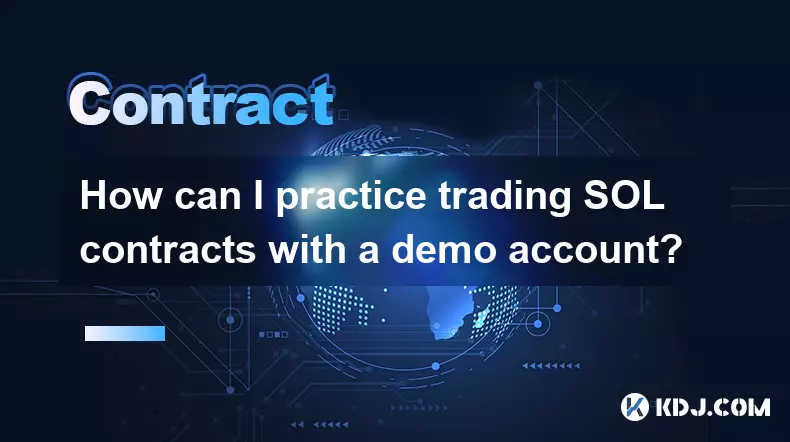
How can I practice trading SOL contracts with a demo account?
Oct 18,2025 at 02:18am
Accessing a Demo Platform for SOL Trading1. Identify cryptocurrency exchanges or trading platforms that offer futures or perpetual contracts on Solana...
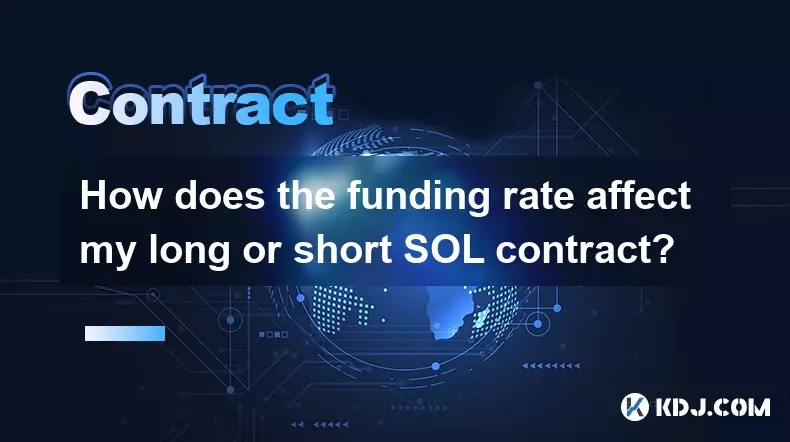
How does the funding rate affect my long or short SOL contract?
Oct 18,2025 at 10:37am
Understanding Funding Rates in SOL Perpetual Contracts1. Funding rates are periodic payments exchanged between long and short positions in perpetual f...

How to find historical price data for ADA contracts?
Oct 18,2025 at 10:18pm
Understanding ADA and Its Market Data Availability1. Cardano’s native cryptocurrency, ADA, operates on a decentralized blockchain that supports smart ...

How to hedge my spot Cardano portfolio with ADA contracts?
Oct 18,2025 at 05:36am
Hedging Your ADA Spot Holdings Using Derivatives1. Identify a reliable exchange that offers ADA futures or perpetual contracts. Exchanges like Binance...

How can I avoid liquidation when trading ADA contracts?
Oct 18,2025 at 01:37am
Understanding Liquidation in ADA Futures Trading1. Liquidation occurs when a trader’s margin balance falls below the maintenance threshold required to...

How do I calculate the liquidation price for ADA contracts?
Oct 18,2025 at 01:18am
Understanding Liquidation Price in ADA Futures Contracts1. The liquidation price in ADA futures trading refers to the market price at which a leverage...

How can I practice trading SOL contracts with a demo account?
Oct 18,2025 at 02:18am
Accessing a Demo Platform for SOL Trading1. Identify cryptocurrency exchanges or trading platforms that offer futures or perpetual contracts on Solana...

How does the funding rate affect my long or short SOL contract?
Oct 18,2025 at 10:37am
Understanding Funding Rates in SOL Perpetual Contracts1. Funding rates are periodic payments exchanged between long and short positions in perpetual f...
See all articles
























